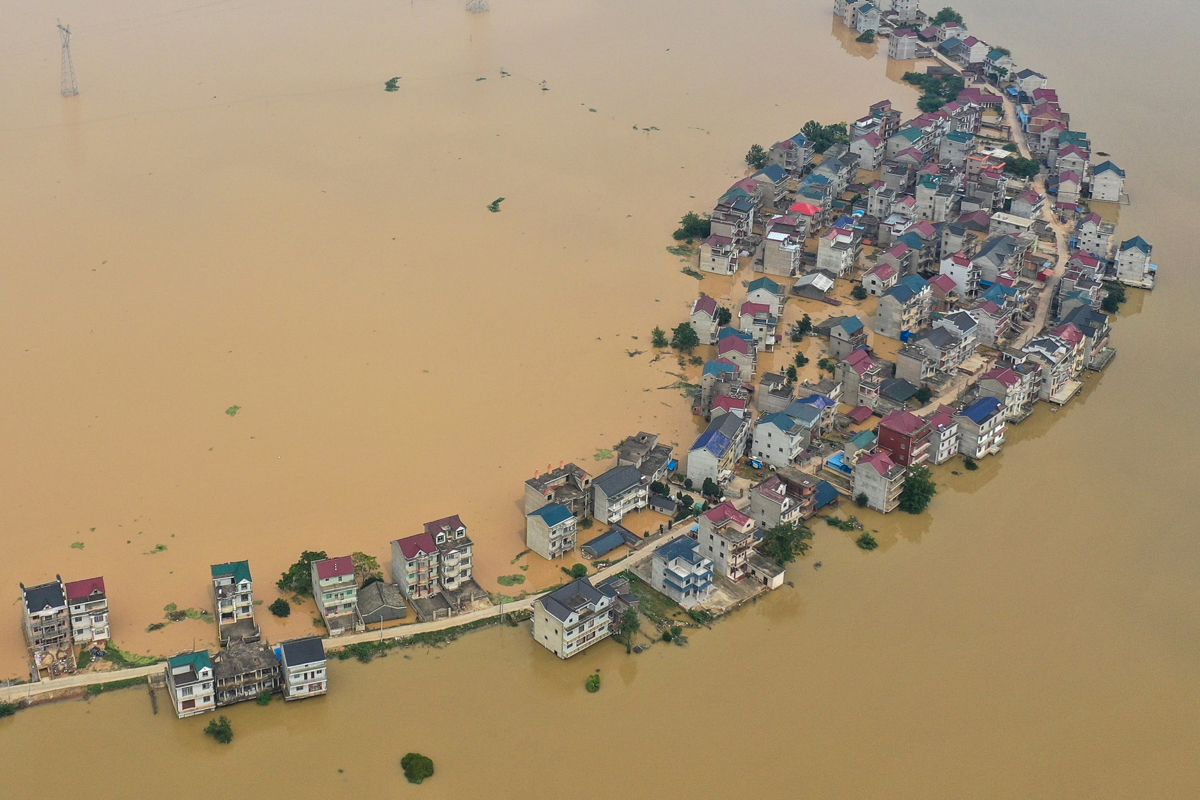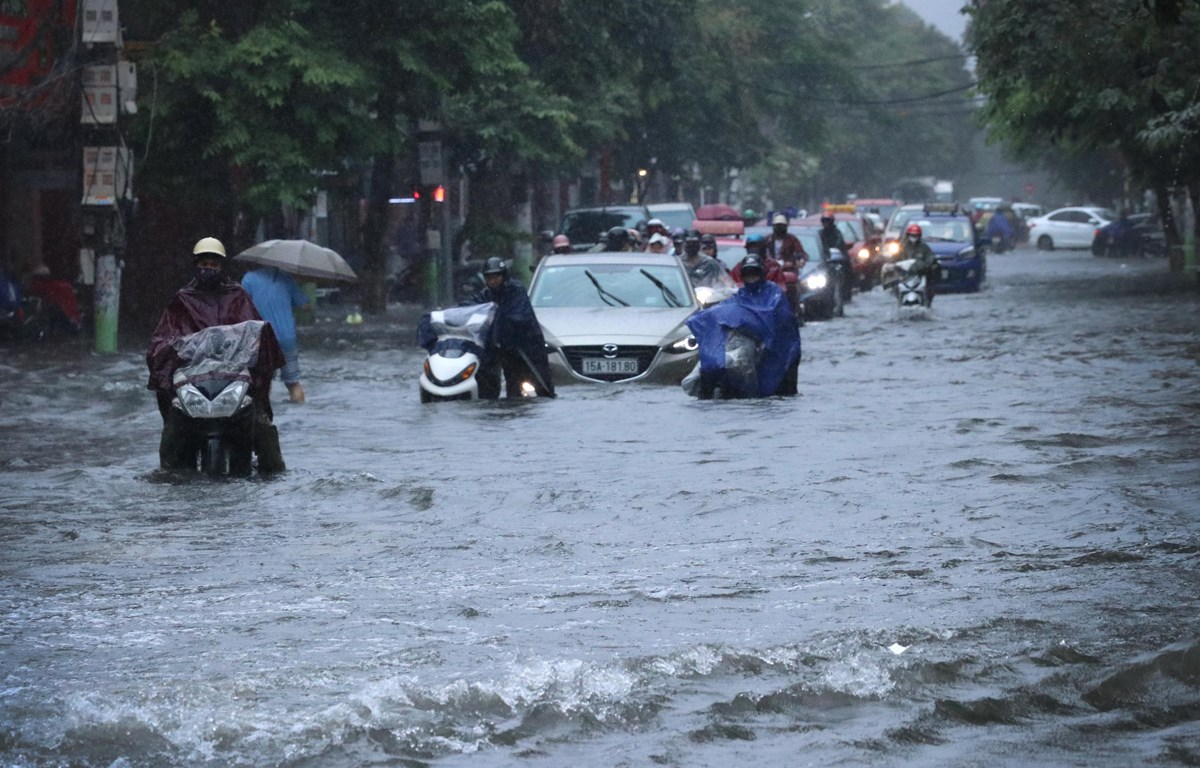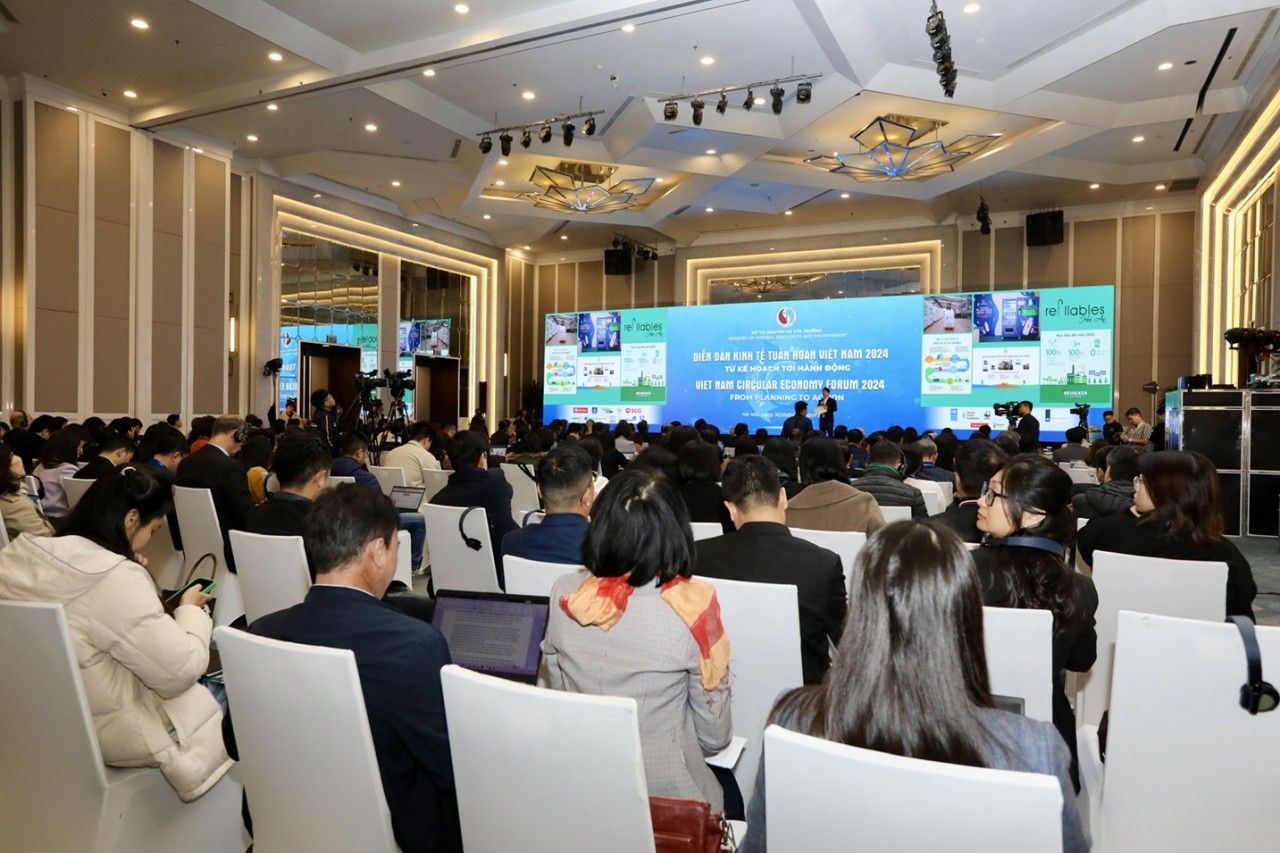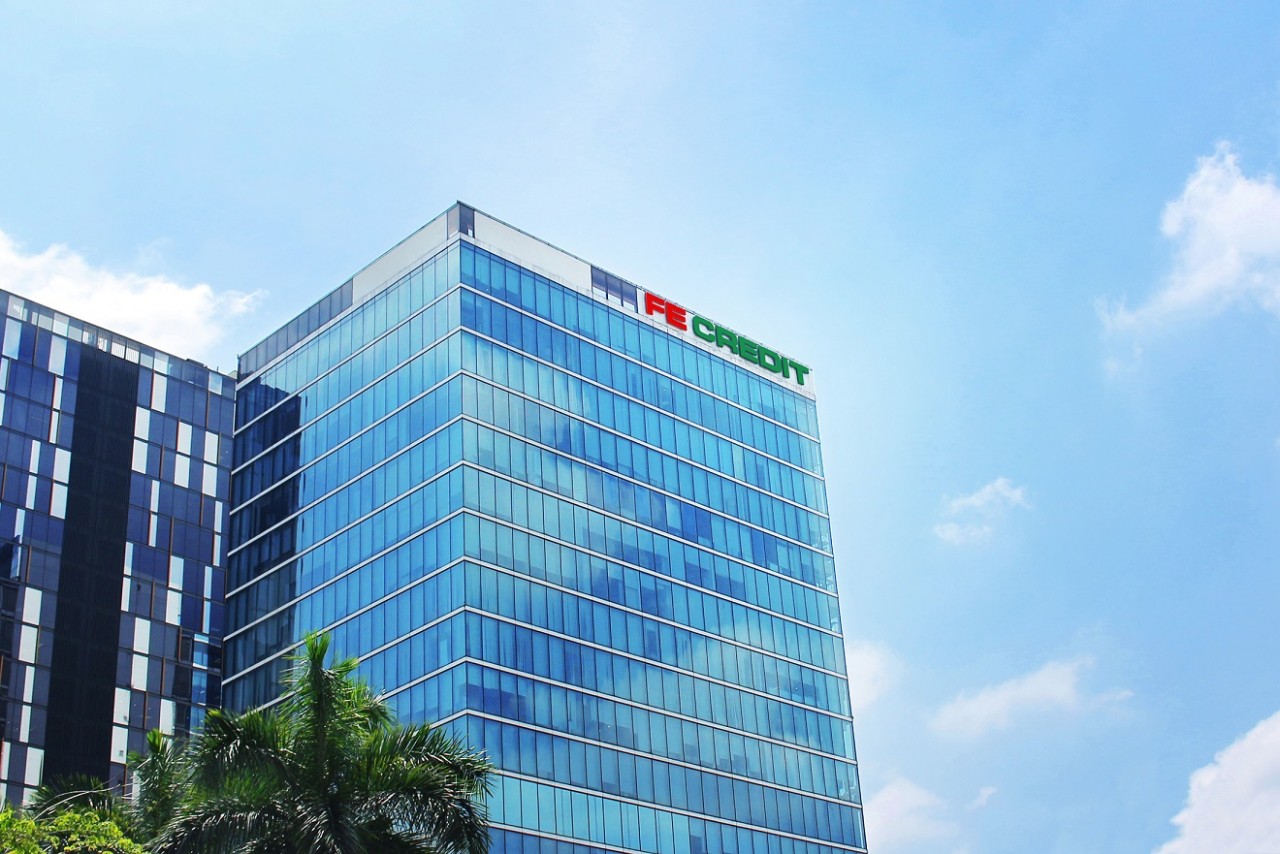Serious Flood And Its Negative Impacts On China’s Economy
At this time of the year, the rice plants in Bao Wentao's field could have been ready for harvest. But this year, floods have engulfed a vast part of southern China, including more than 14.5 hectares of fields that Bao and his father are cultivating in a village near Poyang Lake.
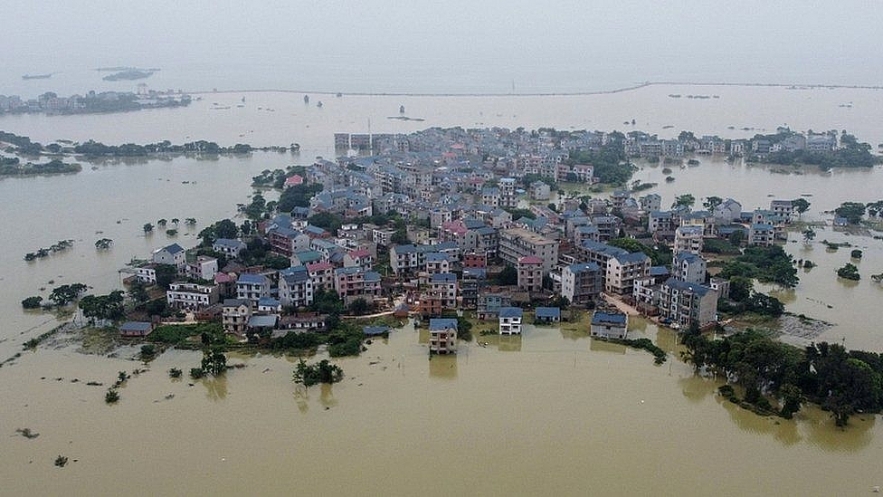 |
| Floods have overwhelmed parts of central and eastern China. Photo: BBC. |
"The crop has failed completely" Bao said, which has caused his family a loss worths 200,000 yuan ($ 28,000). "The rice is almost ripe and ready to be harvested before the flood. But now, everything is gone" he said.
High floodwaters broke the dike surrounding Poyang Lake in Jiangxi Province last month, destroying thousands of hectares of farmland in what is known as the "land of fish and rice". The Yangtze River basin (including Lake Poyang) stretches for nearly 6,300km from Shanghai to near Tibet, contributing 70% of China's rice production.
For farmers like Bao, the damage was very heavy. The rain not only ruined the crops they were about to harvest, the floods also made them irreversible. "The land is still submerged in water. That means we won't get anything for the rest of the year," Bao said.
The flood that flooded Bao's fields and more than 5.2 million hectares of farmland was the worst flood that China has experienced in many years. China's Ministry of Emergency Management estimated the direct economic loss of the disaster was around $21 billion due to the destruction of farmland, roads and other assets. About 55 million people, including farmers like Bao, were also affected.
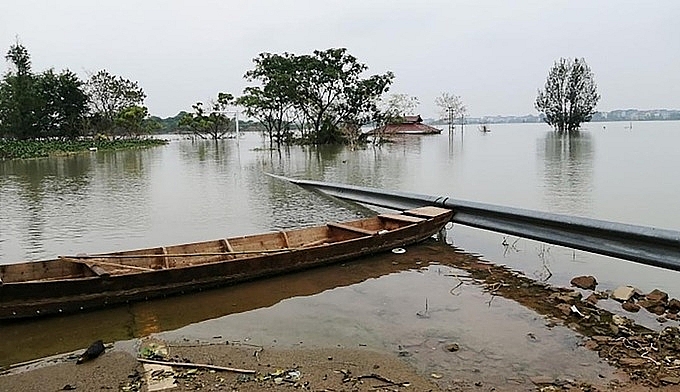 |
| The flood at Bao's village. Photo: Bao Wentao. |
The disaster is bad news for the world's second-largest economy, which has already been fragile due to the COVID-19 pandemic. To date, Beijing has had to secure food supplies by importing large quantities of products from other countries and releasing tens of millions of tons from strategic reserves. However, COVID-19 and the tension between China and the West could make imports more complicated in the future.
Meanwhile, flooding in China is likely to get even worse. Chinese officials have warned that the flooding could spread further north, threatening the country's harvest of wheat and corn. "This is one of the worst floods since 1998 and could get even worse in the coming weeks" - analysts at Nomura said last month.
Ensuring food security
It is not clear how unstable China's food supply is, as the government has not yet released details on the current production situation. According to Nomura, if the flood could be controlled by the end of August, agricultural GDP growth could fall by nearly 1%, equivalent to more than $1.7 billion in agricultural output lost. This figure is based on losses recorded mid-month ago in the seven severely affected southern provinces.
Meanwhile, analysts at brokerage company Shenwan Hongyuan recently estimated that China could lose 11.2 million tons of food compared to last year, due to the loss of arable land in mid-July. This figure is equivalent to 5% of the rice that China produces.
However, the damage could be even greater. Nomura's analysis is based on data on flooded crop fields released by the Chinese government last month. Since then, the area of damaged arable land has nearly doubled, according to China's Ministry of Emergency Response. Analysts' damage estimation also did not include the possibility of losing wheat, corn or other crops if the floods spread.
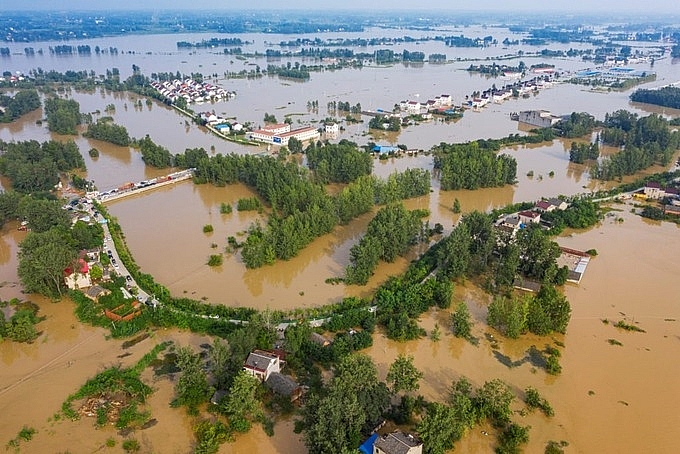 |
| Flood in Anhui province on July 20. Photo: Reuters |
According to China's data provider SCI, the price of corn last month was 20% higher than it was a year ago, reaching its highest level in 5 years. Corn is used as the main supply for pork production in China, which is recovering after the country successfully controlled last year's African swine fever outbreak.
Even before the floods started, the supplies of corn in China had been shrinking, mainly due to the fall insects spreading through China, according to the US Department of Agriculture.
Meanwhile, soybean prices also skyrocketed. In the first half of 2020, the price of soybean in this country has increased by about 30% compared to the end of last year, according to data from Chinese Ministry of Agriculture and Rural Affairs. Analysts from Baocheng Futures, a Chinese commodity brokerage, said that the price increment was mainly due to concerns about extreme weather conditions in soybean-producing regions and the instability of the US-China trade relations.
Obviously the authorities are worried. Chinese President Xi Jinping recently surprised farmers in the country's northeastern Jilin province with his sudden visit. "I came here mainly to see the crops," said Xi, "there have been a lot of disasters this year. I am concerned about the farming situation in the northeast."
Mr. Xi had a good reason to visit the area. Northeast China produces more than 40 percent of the country's soybeans and one-third of the country's corn. Both of these agricultural products are important to the food supply chain, as they are used for livestock and poultry. China uses more soybeans than any other country in the world and is second only to the United States in corn consumption. This area has not had major floods so far, but there is still a possibility of bad changes in the next few weeks.
During the visit, Mr. Xi reiterated that food security is the top issue to ensure economic safety. Vice-Premiers Hu Chunhua, who is in charge of the nation's agricultural affairs, last week urged local high-ranking officials to take on the responsibility of protecting food security and ensuring that production drop would not happen.
Food price stabilization
Beijing coped with the crisis by trying to stabilize food prices and boost supplies, including by exploiting its strategic food reserves. Tens of millions of tons of rice, corn, and soybeans were released to the market in recent months by the China Grain Reserve Centre and the National Grain Trade Centre.
So far, they have released more than 60 million tons of rice, about 50 million tons of corn, and more than 760,000 tons of soybeans, surpassing the amount of stock out in the whole of 2019. As a result, the rice price has remained stable. Last week, the national average price of one ton of rice was 4,036 yuan ($580), almost the same as a month ago, according to SCI's data.
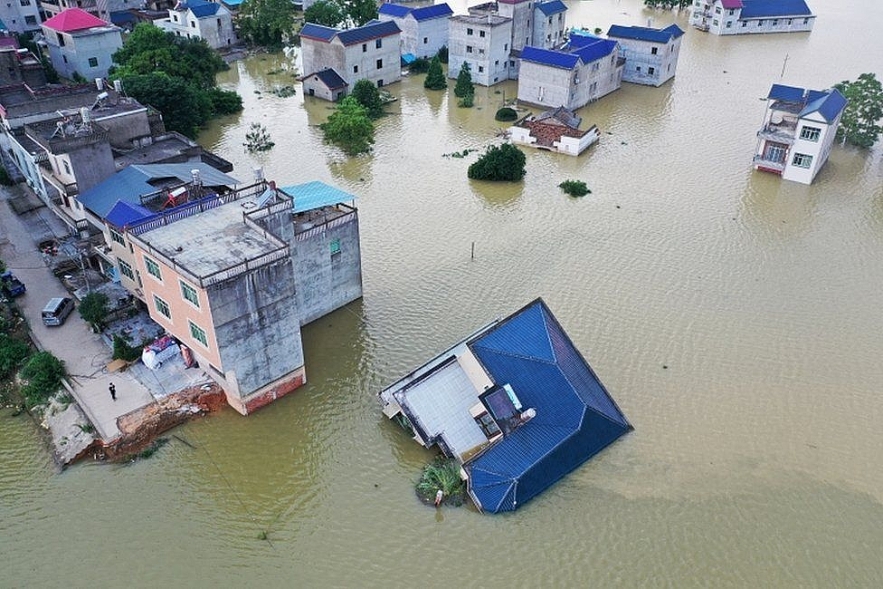 |
| The water level of 98 rivers in China is still at an alarming level. Photo: BBC. |
China is also increasing imports, especially from the US. Beijing has pledged to buy billions of dollars in American goods, under a first-stage trade deal signed earlier this year.
In the first six months of the year, China imported nearly 61 million tonnes of grain, up 21 percent compared to the previous year, according to Chinese customs data. Corn imports increased by 18%, while soybean and wheat purchases also increased. The US, Brazil, Ukraine and France are the largest suppliers.
However, some analysts warned that China should not depend too much on foreign imports.
For example, the trade relationship between Beijing and Washington could destabilize China's food supply chains if the US government bans or increases taxes on those goods, according to Tianfeng Securities analysts. The United States exported more than 9 million tons of soybeans, about 100,000 tons of wheat, and nearly 65,000 tons of corn to China in the first half of 2020, becoming the country's top trading partner, according to Chinese customs data.
In a recent report, COVID-19 has also caused some countries to suspend food exports, creating more risks for food security in China, analysts at Tianfeng Securities added.
Analysts have also proposed several options for China to increase food production, including easing restrictions on the production of genetically modified crops. But they also conceded that, at least in the short term, the country will have to import as much as it can before its trade relationships deteriorate. "China has to ignore some problems in times of difficulty," they said.
For farmers like Bao, China has set aside some money for flood relief. As of mid-July, approximately 1.8 billion yuan (USD 258 million) had been allocated to help resettle those affected by the floods and rebuild homes, according to China's Ministry of Finance. The local authorities in Jiangxi province, where Bao lives, also allocated 280 million yuan (USD 40 million) for flood relief.
But compared with the loss of 21 billion USD, this amount is not much. "We were granted the government subsidies, but it really doesn't help much," Bao said. His father has left home to find another job and has no hope for another crop this year.
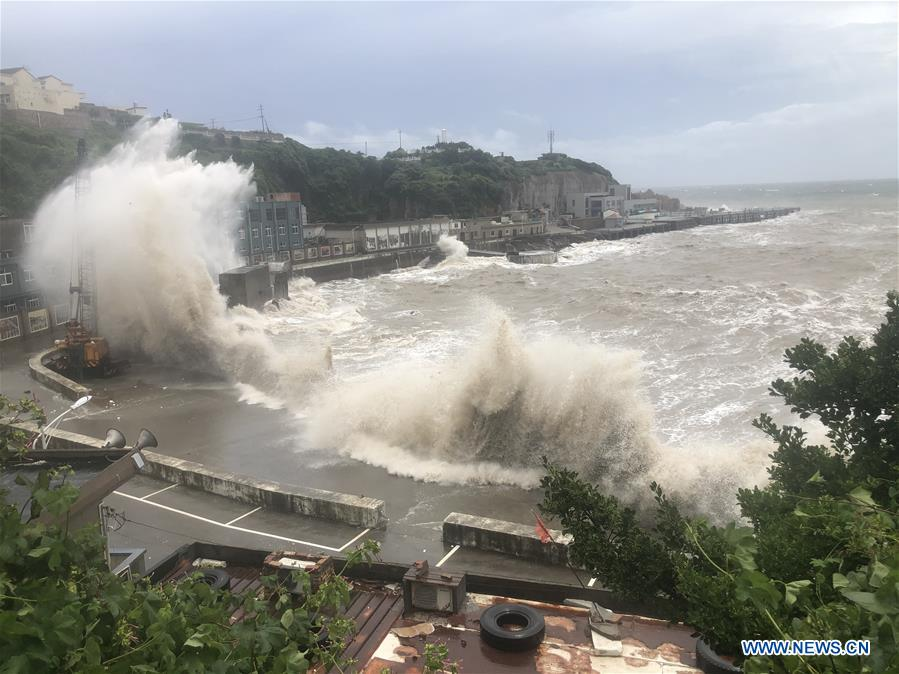 | Hagupit lashes eastern China with flooding rain, strong winds as it creates rough seas Typhoon Hagupit crashed into eastern China on August 3 night, sending flooding rainfall, strong wind gusts and storm surge into the region before eyeing the ... |
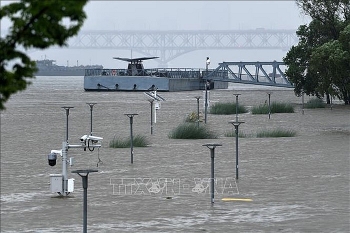 | China massive flood update: Water levels in many rivers and lakes above alarming levels Reached water level in all the middle and lower of Yangtze River has receded to a safe level by July 30. However, the levels in ... |
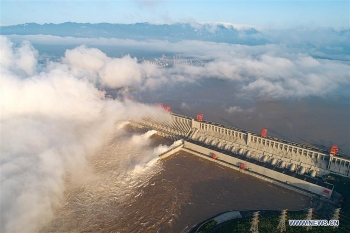 | China massive flood update: Floodwater discharged from Three Gorges Dam (Images) The Three Gorges Dam must open its reservoir due to the third heavy rain in the upper reaches of Yangtze River, while China’s been warning ... |
Recommended
 Economy
Economy


